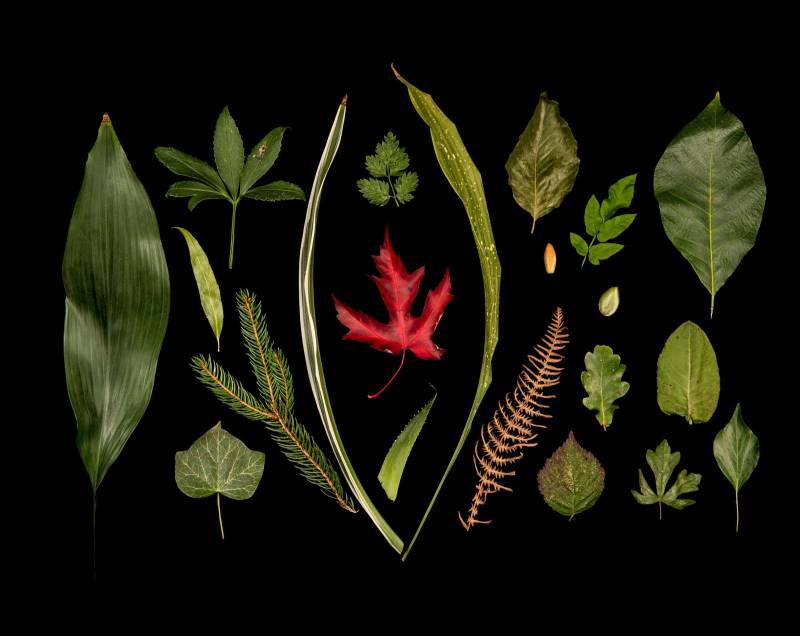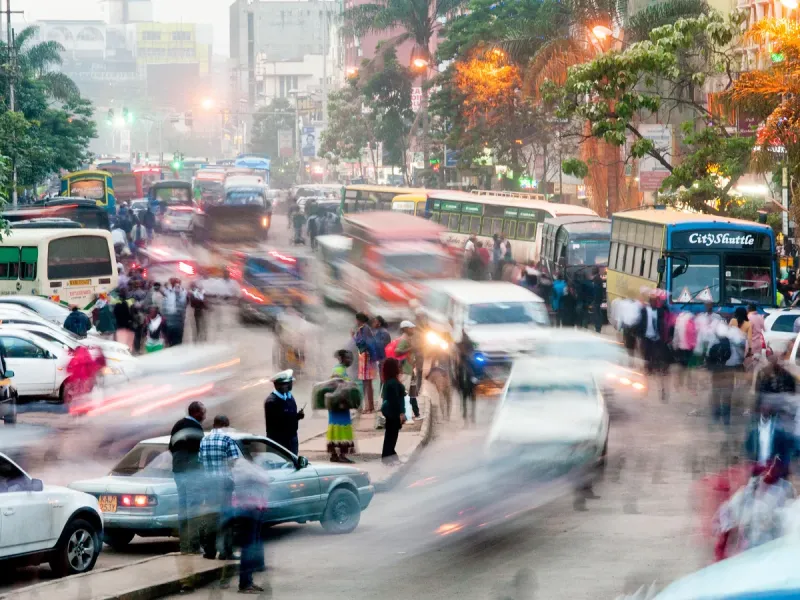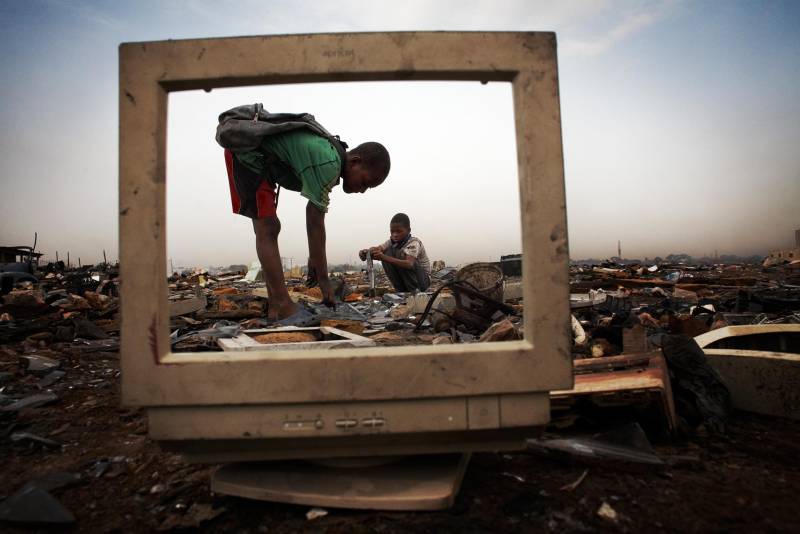When it comes to the chasm between rich and poor, few nations on Earth can compare with Namibia. Seventy percent of the country’s territory is owned by just six percent of the population. The wounds inflicted during the German colonial era still run deep. Namibia’s colonial past is a violent one. Attempts by the indigenous Nama and Herero people to oppose the ambitions of German colonial rulers were brutally crushed. A genocide of the Nama and Herero was carried out between 1904 and 1908 and only officially recognized as such by the German government in 2021. These terrible events continue to affect Namibian society to this day: While many of the victims’ descendants live on illegal settlements in constant fear of eviction, the white descendants of German colonialists still own most of the land and believe it is rightfully theirs. Most of Namibia’s vast natural resources are owned or controlled by foreigners.

DW Documentary

The diamond industry is dominated by the international DeBeers consortium headquartered in London, UK. The construction and uranium industries are controlled by the Chinese; this is because Beijing continues to prop up the ruling SWAPO party, widely seen as corrupt. Documents leaked in 2021 revealed that North Korea was illegally subcontracted to build the country’s State House. Most of the country is sparsely populated, enabling nature to flourish. Namibia is (still) home to one to one of the greatest wildlife populations in the world, including the only free roaming black rhinos. But an upswing in poaching by Chinese crime syndicates is threatening to destroy decades of conservation work, while global warming exacerbates desertification, threatening indigenous communities.



